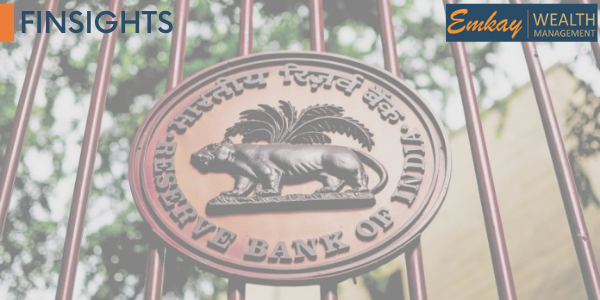RBI has hiked the Repo Rate by 25 bps from 6.25% to 6.50%, reaffirming its commitment to containing inflationary pressures. The rate action was expected from the RBI in view of the inflationary trend and also against the background of the Fed hiking the Fed Funds rate again. The need to protect the Rupee by keeping the currency yield at an even level is also one of the reasons for this rate action.
What is striking in this policy announcement is that the statement emphasizes more than once the priority of inflation control. The policy also highlights the liquidity rationalization objective. What is more consequential is the inflation expectations or projections given in the policy announcement. It reads like this – “assuming an average crude oil price (Indian basket) of US$ 95 per barrel, inflation is projected at 6.5 per cent in 2022-23, with Q4 at 5.7 per cent. On the assumption of a normal monsoon, CPI inflation is projected at 5.3 per cent for 2023-24, with Q1 at 5.0 per cent, Q2 at 5.4 per cent, Q3 at 5.4 per cent and Q4 at 5.6 per cent, and risks evenly balanced.” This underlines the expectation that inflation will be persistent, and much would depend on the trajectory of oil prices. Also RBI believes that ”core inflation persistence” needs to be broken to “strengthen medium-term growth prospects.”
The clear indication from the policy is that probably we have not reached the peak policy rate, and future policy action will be more data driven. However, there is certainty about the moderation in the approach of the central bank towards future rate action. Because of the Fed stance, which is still quite hard, the RBI may be guided to a certain extent by actions of the Fed and the ECB. The Fed believes that disinflation is gradually setting in, but inflation is far from over. The ECB rate cycle is yet to peak even after the recent hike in the base rate by 50 bps. The continuing tensions in Eastern Europe and the opening up of China likely resulting in higher economic activity and correspondingly higher fuel demand may keep fuel prices elevated. The Dollar Index has come down all the way from 114 to 101 in the last two months. It has recovered to 103.90 levels and we may see it rise further to 104-106 range. However, the Dollar weakness that has set in could take the oil prices higher.
From an investment perspective, the short-term rates are likely to edge higher and the long end rates may also be north-bound. RBI policy still anchored on inflation containment and credit growth racing ahead of the deposit growth and the fresh supply of primary issues hitting the market with a relatively lower level of interbank liquidity may keep up the pressure on long end rates.

